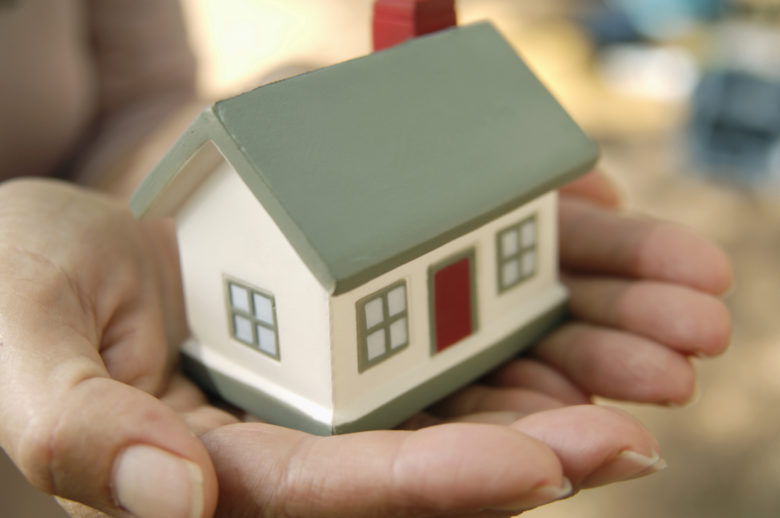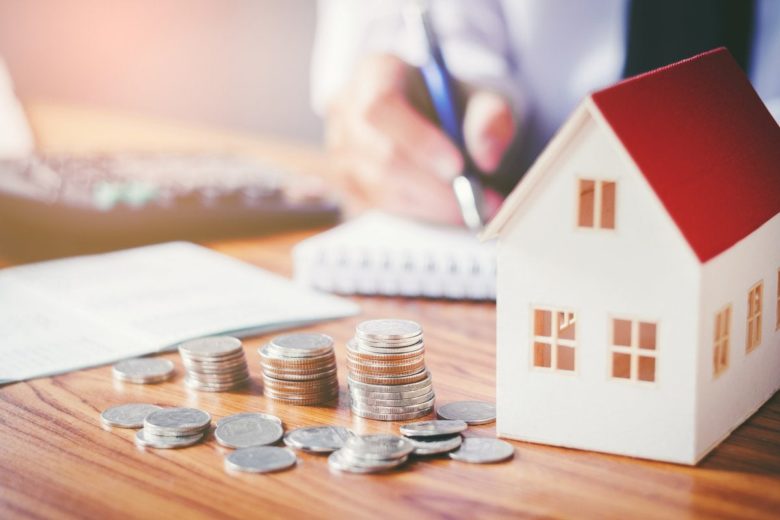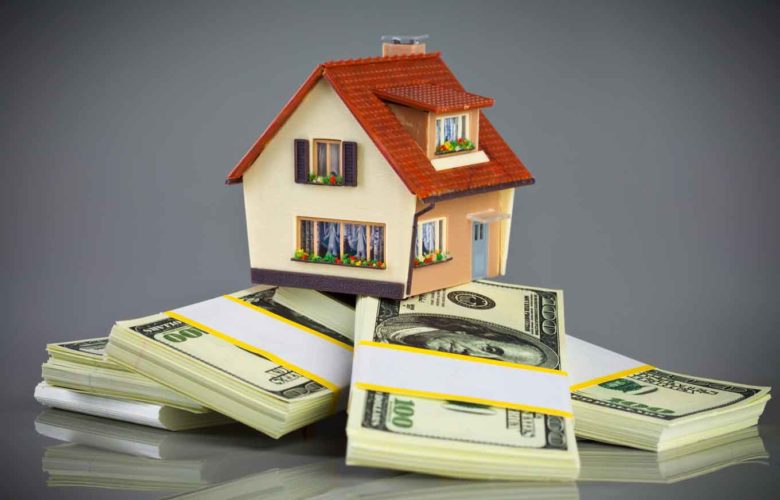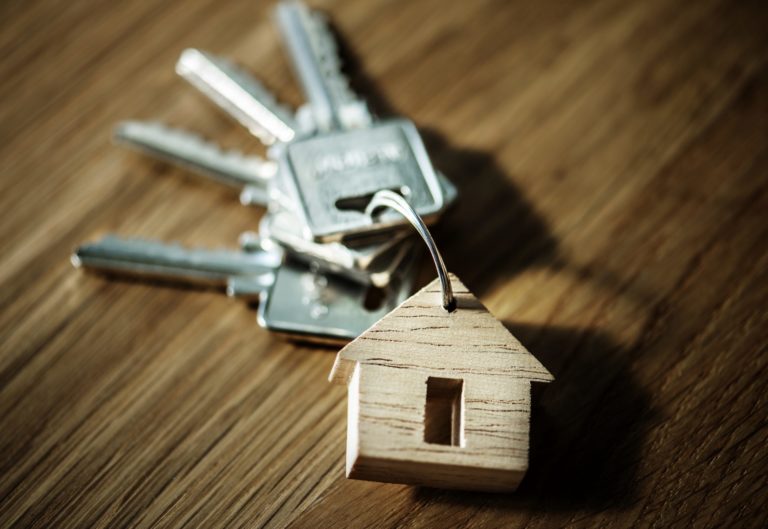The facts show that fewer and fewer young people are buying their own homes. A study by Deacon, a flat insurance company, provides the statistics to help understand why this is, and if you’re in that situation, what you can do to take your first step on the property ladder.
Home Ownership in Younger Generations

While 60% of young renters aspire to own their property in the future, very few can take that leap. For the generation born in the last five years of the 1980s, the homeownership rate is only at 25%, compared with 33% for those born in the first five years of the 1980s and 43% for those born in the seventies.
In the UK as a whole, home owner-occupation stands at 64%, 14.8 million households, which is a decrease in the peak in 2003. Its thought that the loss of over half a million homeowners has been for several reasons. First of all, deceased homeowners have left their properties to multiple offspring who have had to sell the properties to divide the inheritance equity.
The second factor is that house prices in many areas of the country are at a ratio of over seven times the average annual pre-tax local income, making a house purchase for the younger generation who earn below-average salaries unaffordable.
A further factor is that with unemployment rates as they are for younger people, they tend to have to live in the city center areas to find employment, areas in which average house prices are higher. Imagine living in London where the average house price is over £800,000 when your salary as a graduate is around £40,000.
How Younger People Can Take the First Step on the Property Ladder

However, all is not lost for the younger generation who want to get onto the property ladder. There are several options for consideration. The first is joint ownership, with friends, partners, or parents and offspring investing in a property together. Even if a parent acts as a guarantor on a mortgage, this can allow someone else to get it.
Shared ownership schemes and first-time-buyer schemes funded by the government are also an option as they allow access to mortgages with a smaller deposit or a better property with a lower investment, having to find a mortgage for just 50-60% of the property value.
Other less conventional routes to property ownership can include buying a smaller property in a cheaper market initially. This property can either be lived in by the owner or rented out. By selecting a market where house prices are increasing, some property could be sold after a couple of years, with the extra funds invested in a better property.
Over several years the initial deposit can be increased dramatically by the sale of properties and investment in other inflating features.
So all is not lost for younger aspiring homeowners, there are some options for the first step on the property ladder.
Risks of Homeownership Investment

The most glaring concern about homeownership is a high upfront cost. The selling price and interest to your mortgage are the most obvious ones. They alone can be detrimental to many young people looking to buy their first home. Getting into a loan that can run into hundreds of thousands of dollars is scary enough, even without considering other costs, and there are several of them.
Closing costs can easily be between 2% and 5% of the initial price. These include an application fee, survey fee, first-year homeowner’s insurance premium, attorney fees, origination fee home inspection, appraisal fees, mortgage insurance, property taxes, title search, title insurance, and recording fees. Taken each individual, these aren’t much but piled one on another. They can, and often do, reach staggering sums.
According to experts, a minimum stay of five years is required to recover them. Once you have paid those off, you may want to look into potential improvements or repairs needed. That opens up a whole other can of worms and thousands in the cost of labor and materials.
Depreciation
The times when houses kept rising in value went out the window when the housing crisis of 2008 hit. Nowadays, homes lose value for all sorts of reasons, global, national, or local. A stagnating economy, people moving out, even environmental issues can all drive the value of your home down, resulting in a net loss on your investment.

Illiquidity
One of the essential factors when considering an investment is how quickly you can liquidate in case of an emergency. Stocks and shares can be sold rather quickly when you are in dire need of cash. Houses, on the other hand, take significantly more extended periods to move.
It is common for a home to sit for months on the market before a prospective buyer comes along. That, of course, depends on location or price. In some areas, houses can be sold in the same week when they are put on the market. In other areas, not so much.
Meanwhile, you are stuck with insurance and mortgage cost, and you must pay each month if you want to keep your property. Since you can’t change the location of your house, the only thing you can do to sell it quickly is to lower the price, which again leads to potential loss on your investment.
In conclusion, homeownership investment can be a double-edged sword. It offers many benefits, but risks shouldn’t be underestimated. It is easy to overlook them, especially when emotions are involved, and you find your dream house in a perfect location.
Often, in similar situations, all bets are off, and people rush in without a second thought. That is a considerable mistake young homeowners make and end up getting stuck with homes that have foundation issues or some other costly flaws.

